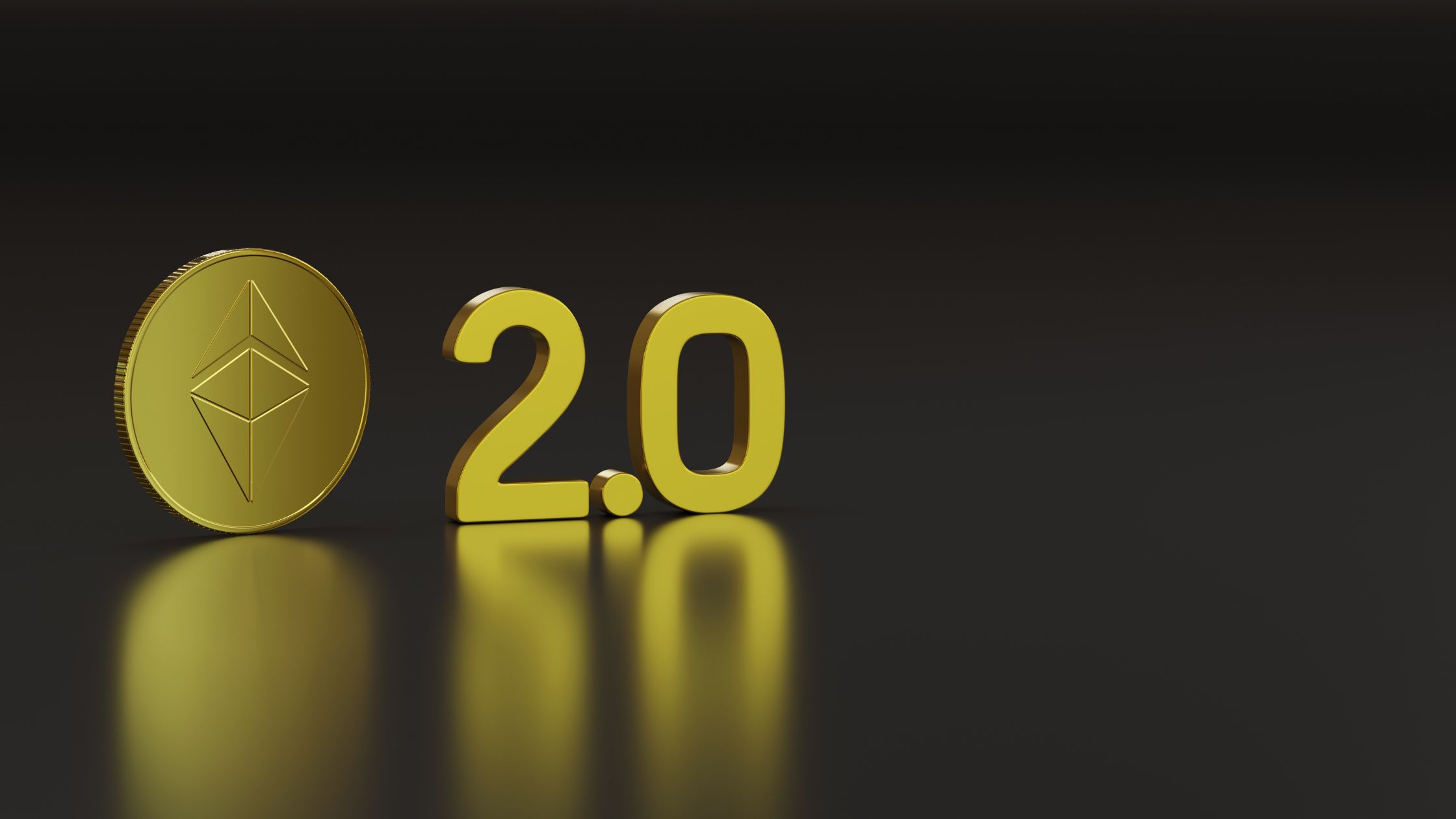Note
For a comprehensive coverage of blockchain development in Ethereum or mastering Solidity programming, taking our below self paced courses is highly recommended:
- Blockchain Solidity Course for Beginners
- Ethereum Developer Course
- Blockchain Security Course for Beginners
Recap
In our previous article (How Proof-of-Stack Consensus Works in Ethereum), we covered how the Proof-of-Stack consensus is used in Ethereum.
In this article, we discuss the roadmap for implementing version 2 of Ethereum.
Implementing Ethereum 2.0 roadmap
The Ethereum community intends to fundamentally address Ethereum scalability issues with the release of Ethereum 2.0. It is a massive undertaking to incorporate all these scaling techniques into Ethereum.
The following diagram shows the Ethereum’s roadmap to the Serenity release, Ethereum 2.0:

It is going to be a phased approach since there are too many moving parts. Some are foundational capabilities that need to be done early to facilitate the move to sharding and the pure PoS consensus protocol, the Casper CBC. The following list explains each phase:
- Phase 0, PoS beacon chain without shards: This is the first step to establish a foundation for moving to the PoS and supporting the shards. Ethereum 2.0 consists of a central beacon chain along with a certain number of shard chains. So, this phase starts to introduce a central system chain called the beacon chain. Its main responsibility is to store and manage the registry of validators. The beacon chain is like a side chain to the Ethereum 1.0 main chain, and acts as the bridge to transition from the Ethereum 1.0 PoW chain to the Ethereum 2.0 PoS Chain. It is unclear if the Ethereum 1.0 PoW chain will continue to play the main- chain role or switch to side-chain role for the beacon chain to be the main chain, once the Ethereum 2.0 is fully functional.
In this phase, someone can be a validator by making a one-way 32 ETH transaction to a deposit contract on Ethereum 1.0. Once the required activation balance is reached, and the deposit receipts are processed by the beacon chain, it will be added to the validator activation queue. Activation as a validator happens after a queuing process. Exit is either voluntary or done forcibly as a penalty for misbehaviors.
One-to-One Live Blockchain Classes
Coding Bootcamps school offers One-to-One Live Blockchain Classes for Beginners.
The RANDAO contract is included in this phase, which enables validators to create random numbers (RNG) in block proposals, and organize into proposers and attestation committees from the output of the RNG, and creating crosslinks for stubbed shards.
- Phase 1, Basic sharding without EVM: Phase 1 will focus on the construction, validity, and consensus of the data of these shard chains. As we discussed earlier, the proposer’s role is to package all transaction data as blobs, trunk the blobs into trunks, and create a Merkle tree out of the transaction data. They will be collated in shards without transactions. The proposer notarizes the collations with its own signature.
- Phase 2, EVM state transition function: Phase 2 is primarily concerned with various EVM-level improvements in the Ethereum full node, including eWASM as the next generation Ethereum virtual machine. Some other topics, including account abstraction, stateless model, and storage rent, are under evaluation.
- Phase 3, Light client state protocol: Phase 3 is primarily concerned with the transaction execution and executor’s role in the system, and with the light client protocol for the state-minimized execution model, where the cost of validation is pushed away from on-chain validators onto off-chain executors.
- Phase 4, Cross-shard transactions: Phase 4 was intended for supporting cross shard transactions, including synchronous and asynchronous cross shard communication models.
- Phase 5, Tight coupling with main-chain security: Phase 5 will address issues and needs with data availability proofs, internally fork-free sharding, and manager shards.
- Phase 6, Super-quadratic or exponential sharding: Phase 6 is the one intended to bring everything together and to enable Ethereum transition from PoW and one main chain to PoW and sharding. There are many sharding related researches and ideas, and any of them may come up and influence some of the future phases.
Next Article
In our next article (How to work with Decentralized Data and Content Storage in Ethereum), we discuss how to work with decentralized data and content storages like IPFS or BigChainDB in Ethereum.
This article is written in collaboration with Brian Wu who is a leading author of “Learn Ethereum: Build your own decentralized applications with Ethereum and smart contracts” book. He has written 7 books on blockchain development.
Resources
coming soon

